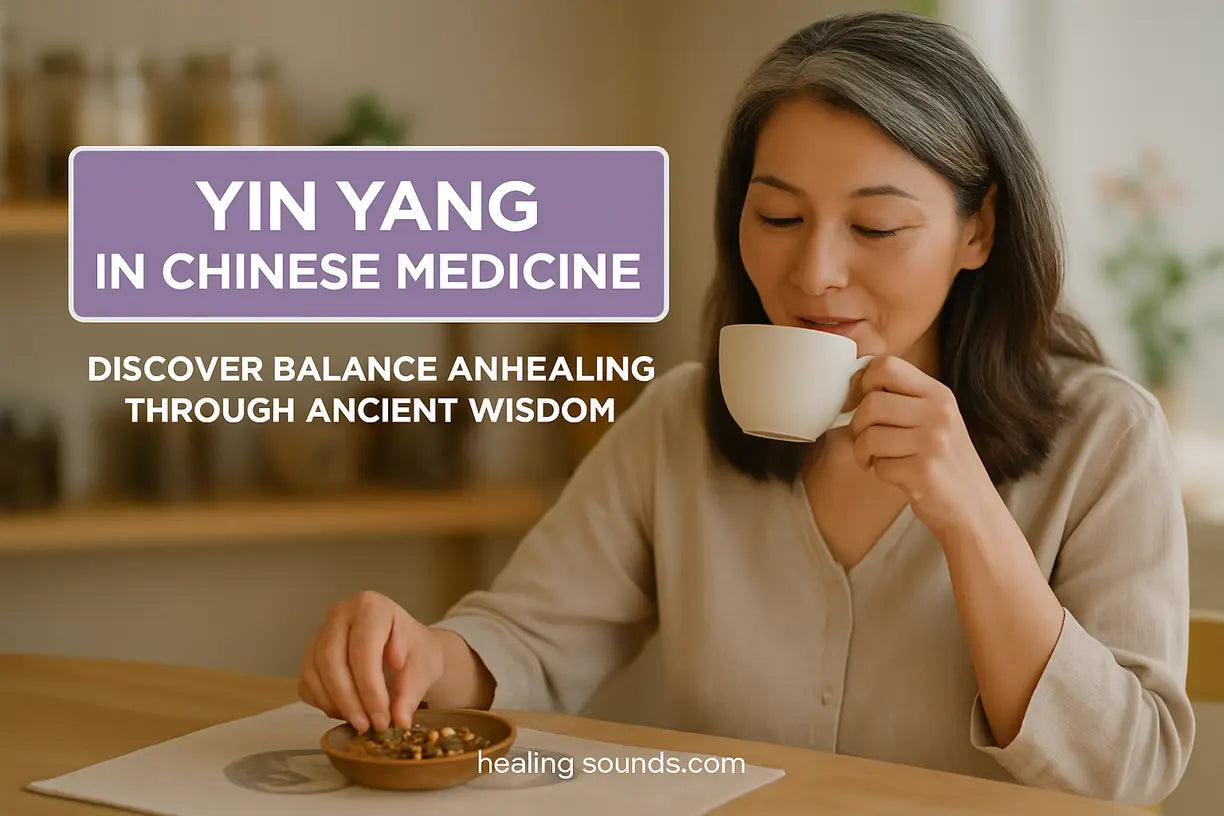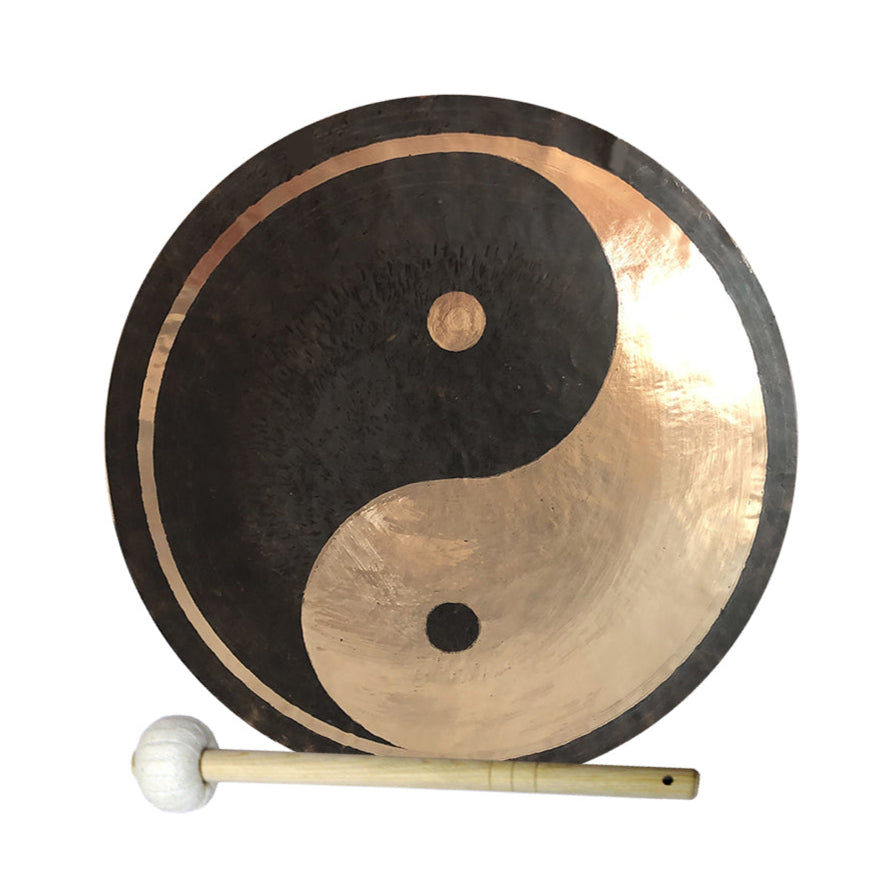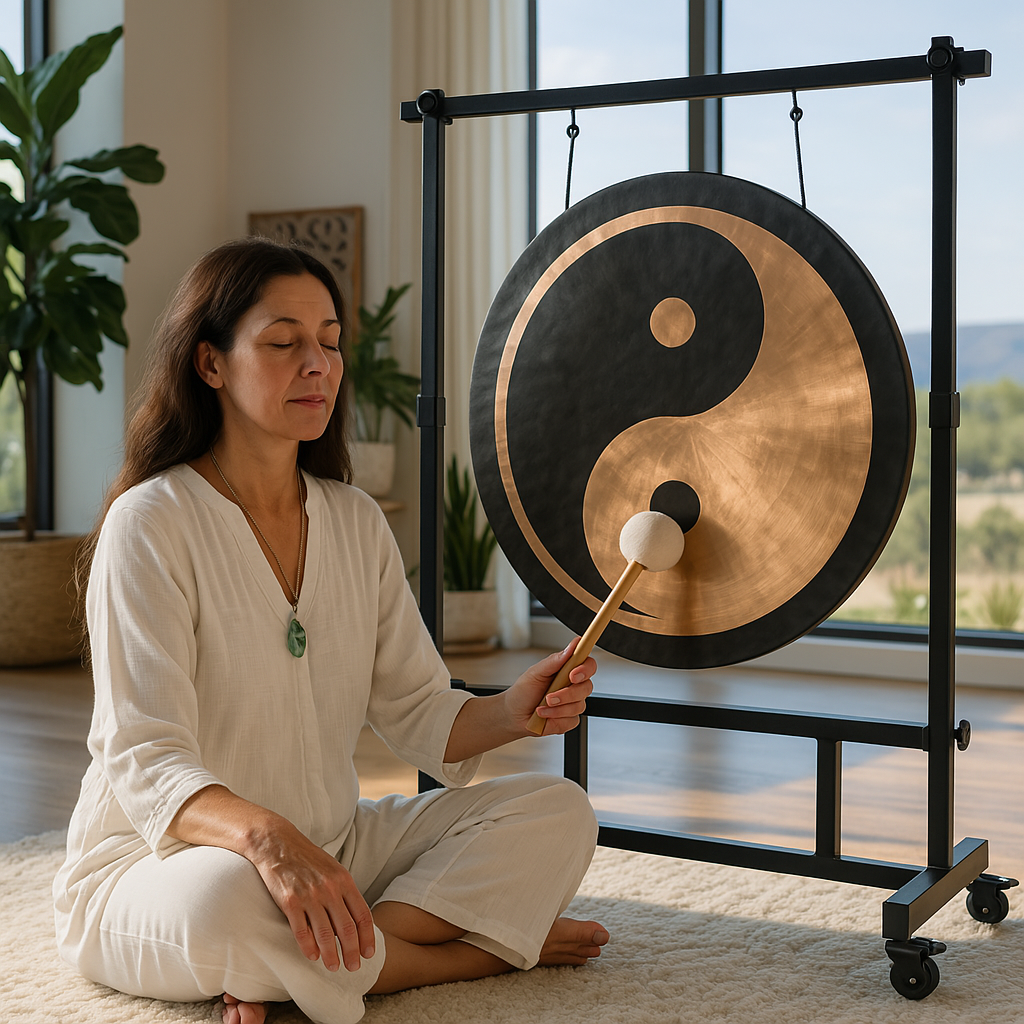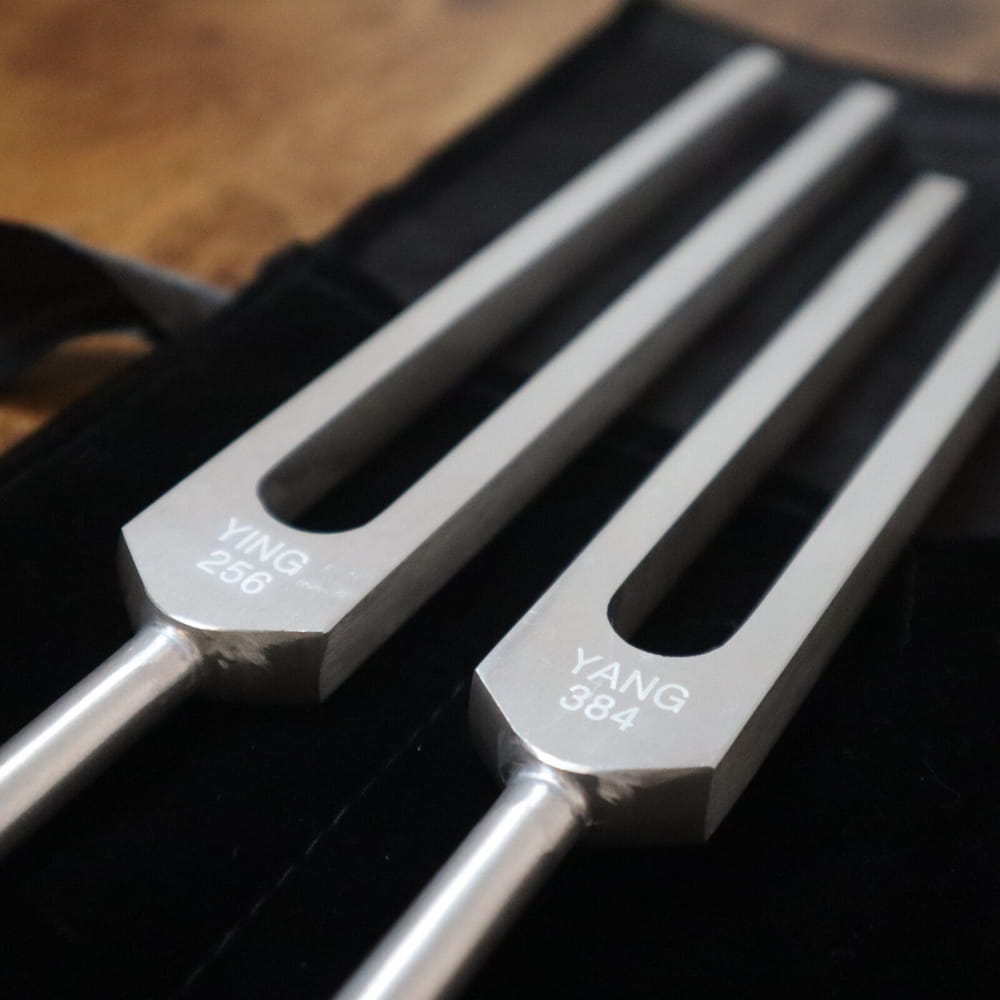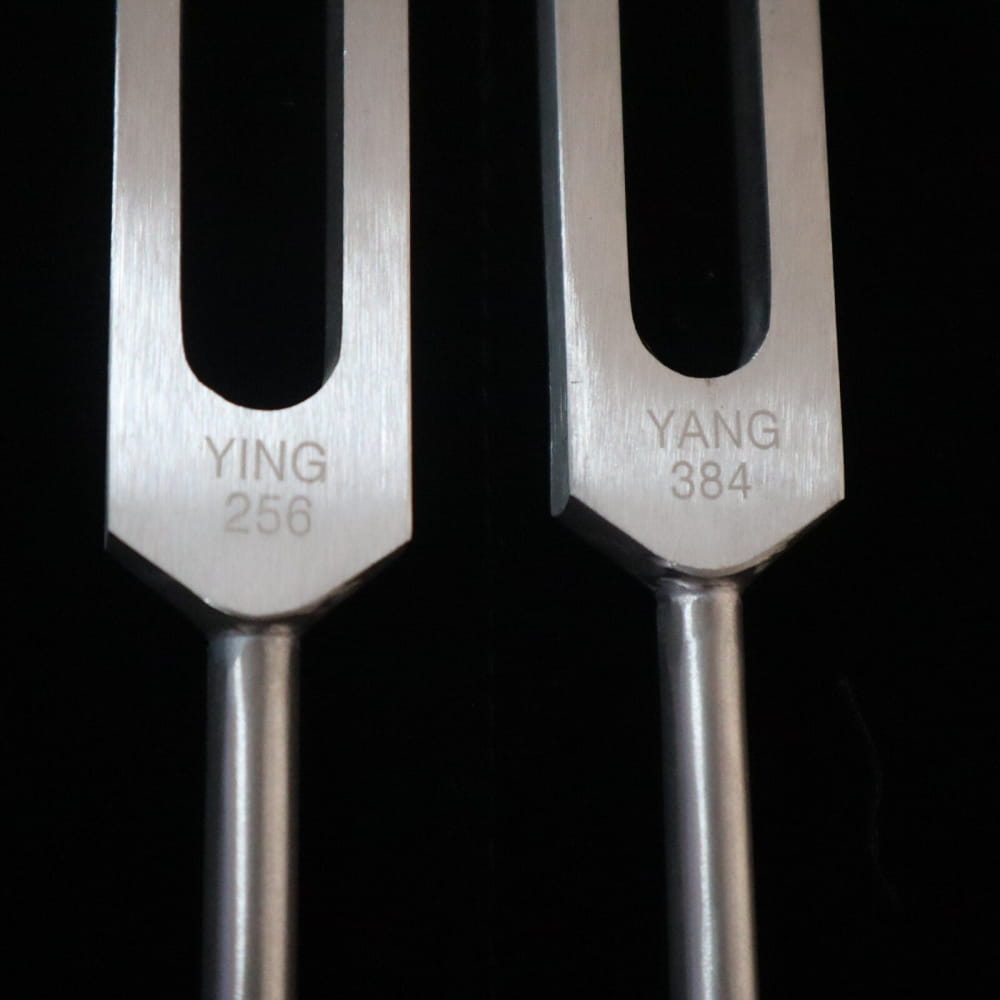- Yin: Repräsentiert die Energie, die für Ruhe, Kühle und Nahrung verantwortlich ist. Seine Eigenschaften werden oft als passiv, dunkel, weiblich, abwärts gerichtet und nach innen gerichtet beschrieben. Es wird mit der Nacht, dem Wasser und der Stille assoziiert.
- Yang: Repräsentiert die Energie der Aktion, der Schöpfung und der Wärme. Seine Eigenschaften sind aktiv, leicht, männlich, aufwärts gerichtet und nach außen gerichtet. Es wird mit dem Tag, dem Feuer und der Aktivität assoziiert.
- Überschüssiges Yin: Führt zu Flüssigkeitsansammlungen und einem Gefühl von Kälte und Lethargie.
- Überschüssiges Yang: Verursacht Symptome wie Hitze, Entzündung und Hyperaktivität.
- Yin-Mangel: Führt zu „leerer Hitze“, die Symptome wie Nachtschweiß, Angst und Trockenheit verursacht.
- Yang-Mangel: Führt zu einem Mangel an Wärme und Energie, was zu Müdigkeit, kalten Gliedmaßen und schlechter Verdauung führt.
 ## Yin- und Yang-Organe: Der energetische Bauplan des KörpersDie TCM liefert einen faszinierenden Bauplan des Körpers, indem sie die Hauptorgane in Yin- (Zang) und Yang- (Fu) Paare einteilt. Jedes Paar arbeitet zusammen, wobei das Yin-Organ lebenswichtige Substanzen speichert und das Yang-Organ sie umwandelt und transportiert.
## Yin- und Yang-Organe: Der energetische Bauplan des KörpersDie TCM liefert einen faszinierenden Bauplan des Körpers, indem sie die Hauptorgane in Yin- (Zang) und Yang- (Fu) Paare einteilt. Jedes Paar arbeitet zusammen, wobei das Yin-Organ lebenswichtige Substanzen speichert und das Yang-Organ sie umwandelt und transportiert.Die Zang-Fu-Organpaare:
- Herz (Yin) und Dünndarm (Yang): Das Herz steuert Geist und Seele, während der Dünndarm reine von unreinen Flüssigkeiten trennt.
- Lunge (Yin) und Dickdarm (Yang): Die Lunge steuert die Atmung und das Qi, während der Dickdarm für die Abfallbeseitigung zuständig ist.
- Milz (Yin) und Magen (Yang): Die Milz wandelt Nahrung in Qi und Blut um und arbeitet mit dem Magen zusammen, der die Nahrung aufnimmt und abbaut.
- Leber (Yin) und Gallenblase (Yang): Die Leber sorgt für den reibungslosen Fluss des Qi und speichert Blut, während die Gallenblase Galle speichert und ausscheidet.
- Nieren (Yin) und Blase (Yang): Die Nieren speichern unsere Kernessenz (Jing) und steuern Geburt und Fortpflanzung, gepaart mit der Blase, die Urin speichert und ausscheidet.
 Die Wiederherstellung dieses empfindlichen Gleichgewichts ist das ultimative Ziel. Praktiken wie Klangheilung können den energetischen Zustand Ihres Körpers wirksam beeinflussen. Die Resonanzfrequenzen eines Gongs können helfen, ein überaktives System zu beruhigen oder ein erschöpftes zu beleben und so die Rückkehr zur Harmonie zu fördern.
Die Wiederherstellung dieses empfindlichen Gleichgewichts ist das ultimative Ziel. Praktiken wie Klangheilung können den energetischen Zustand Ihres Körpers wirksam beeinflussen. Die Resonanzfrequenzen eines Gongs können helfen, ein überaktives System zu beruhigen oder ein erschöpftes zu beleben und so die Rückkehr zur Harmonie zu fördern. 12 bis 48 Zoll Yin-Yang-Gong für Klangbad-Übungen
$249.90
Erleben Sie Yin-Yang-Harmonie mit diesem chinesischen Meditationsgong, der perfekt geeignet ist, um Ihre Klangheilungssitzungen ins Gleichgewicht zu bringen.
Produkt entdeckenDiagnose
Ein TCM-Praktiker verwendet vier wichtige Diagnosemethoden, um das Yin-Yang-Gleichgewicht eines Patienten zu beurteilen:- Beobachten: Beobachten des Teints, der Zunge (Farbe, Form, Belag) und der allgemeinen Vitalität des Patienten.
- Hören/Riechen: Achten Sie auf den Klang der Stimme und des Atems und nehmen Sie Körpergerüche wahr.
- Fragen: Erkundigen Sie sich nach Symptomen, Krankengeschichte, Lebensstil, Ernährung und emotionalem Zustand.
- Berühren: Durch Abtasten des Körpers und vor allem durch Fühlen des Pulses am Handgelenk wird der Zustand der inneren Organe beurteilt.
Behandlungsmodalitäten
Sobald ein Ungleichgewicht festgestellt wird, werden verschiedene Behandlungen eingesetzt, um die Harmonie wiederherzustellen.- Akupunktur und Akupressur: Bestimmte Yin-Yang-Akupunkturpunkte entlang der Körpermeridiane werden mit Nadeln oder Druck stimuliert, um Qi-Stagnationen zu lösen und Energie umzuleiten, entweder um einen Mangel zu stärken oder einen Überschuss zu zerstreuen.
- Kräutermedizin: Kräuter werden aufgrund ihrer energetischen Eigenschaften (wärmend/Yang oder kühlend/Yin) und ihrer Fähigkeit verschrieben, bestimmte Organe gezielt anzusprechen, um zugrunde liegende Ungleichgewichte zu korrigieren.
- Ernährungstherapie: In der TCM ist Essen Medizin. Patienten wird oft geraten, bei einem Yang-Mangel mehr wärmende Yang-Lebensmittel (wie Ingwer, Zimt, Lamm) oder bei einem Yin-Mangel mehr kühlende Yin-Lebensmittel (wie Gurke, Wassermelone, Tofu) zu essen.
- Tui Na-Massage und Geist-Körper-Praktiken: Therapeutische Massagen sowie Praktiken wie Tai Chi und Qigong tragen dazu bei, den reibungslosen Fluss des Qi zu fördern und Yin und Yang zu harmonisieren.
 Die Integration dieser Prinzipien in Ihr Leben kann mit kleinen, bewussten Übungen beginnen. Der Einsatz von Werkzeugen für energetisches Gleichgewicht kann Sie auf Ihrem Weg zu mehr Wohlbefinden unterstützen.
Die Integration dieser Prinzipien in Ihr Leben kann mit kleinen, bewussten Übungen beginnen. Der Einsatz von Werkzeugen für energetisches Gleichgewicht kann Sie auf Ihrem Weg zu mehr Wohlbefinden unterstützen.Werkzeuge für Ihre persönliche Harmoniepraxis
$59.90
$109.90
Bringen Sie die Yin-Yang-Energie in Ihren Heilritualen mit präzise abgestimmten Stimmgabeln für tiefe Biofeld- und Zellharmonie ins Gleichgewicht. Mehr erfahren ➔
$29.99
$39.99
Fördern Sie Achtsamkeit und Ausgeglichenheit mit Yin-Yang-Klangkugeln – ideal für die Meditation und die Wiederherstellung der Harmonie von Körper und Geist. Mehr erfahren ➔
Fazit: Umarmen Sie den Tanz des Gleichgewichts
Die Yin-Yang-Theorie bietet mehr als nur einen medizinischen Rahmen; sie ist eine tiefgründige Lebensphilosophie. Durch das Verständnis der Prinzipien des Yin und Yang in der chinesischen Medizin erhalten Sie eine kraftvolle Linse, durch die Sie Ihre Gesundheit, Ihren Lebensstil und die Welt um Sie herum betrachten können. Sie lehrt uns, dass wahres Wohlbefinden nicht darin besteht, eine Sache zugunsten einer anderen zu eliminieren, sondern einen dynamischen und harmonischen Tanz zwischen gegensätzlichen Kräften zu fördern. Diese Reise zum Gleichgewicht ist persönlich und entwickelt sich ständig weiter. Indem Sie auf Ihren Körper hören, die Anzeichen von Disharmonie erkennen und Praktiken anwenden, die das Gleichgewicht wiederherstellen, können Sie aktiv an Ihrer eigenen Heilung mitwirken. Ob durch Ernährung, Achtsamkeit oder die resonante Kraft der Klangtherapie – der Weg zum Gleichgewicht wartet.Häufig gestellte Fragen zu Yin Yang in der chinesischen Medizin
In der chinesischen Medizin repräsentieren Yin und Yang zwei gegensätzliche, sich jedoch ergänzende Kräfte, die das gesamte Universum, einschließlich des menschlichen Körpers, beherrschen. Yin wird mit Kühle, Ruhe und Substanz assoziiert , während Yang mit Wärme, Aktivität und Funktion assoziiert wird . Gesundheit wird als dynamisches Gleichgewicht dieser beiden Energien betrachtet, Krankheit als Folge ihres Ungleichgewichts.
Symptome eines Yang-Mangels entstehen durch einen Mangel an Wärme und Energie im Körper. Häufige Anzeichen sind Kältegefühl (vor allem in den Gliedmaßen), anhaltende Müdigkeit, Blässe, Schmerzen oder Schwäche im unteren Rücken, langsame Verdauung und verminderte Libido . Diese Symptome deuten darauf hin, dass das Stoffwechselfeuer des Körpers nur noch schwach brennt.
Die Yin-Yang-Theorie ist ein grundlegendes Instrument der Traditionellen Chinesischen Medizin und wird für verschiedene Zwecke eingesetzt. Sie eignet sich gut zur Diagnose der Grundursache von Krankheiten , indem sie energetische Ungleichgewichte identifiziert, Behandlungsstrategien wie Akupunktur und Kräutermedizin anleitet und einen ganzheitlichen Rahmen für die Erhaltung der Gesundheit durch Ernährung, Bewegung und eine Lebensführung bietet, die das Gleichgewicht fördert.
In der TCM sind Organe gepaart. Yin-Organe (Zang-Organe) sind fest und speichern lebenswichtige Substanzen; dazu gehören Herz, Lunge, Milz, Leber und Nieren. Yang-Organe (Fu-Organe) sind hohl und für die Umwandlung und den Transport zuständig; dazu gehören Dünndarm, Dickdarm, Magen, Gallenblase und Harnblase. Jedes Yin-Organ ist mit einem Yang-Organ gepaart.
Die Yin-Yang-Theorie besagt, dass Gesundheit dann gegeben ist, wenn Yin und Yang im Körper in einem dynamischen Gleichgewicht sind und so den reibungslosen Fluss der Lebenskraft Qi ermöglichen. Krankheit entsteht, wenn ein Ungleichgewicht vorliegt – entweder ein Überschuss oder ein Mangel einer Energie im Verhältnis zur anderen. TCM-Behandlungen zielen darauf ab, dieses spezifische Ungleichgewicht zu korrigieren und den Körper wieder gesund zu machen.

